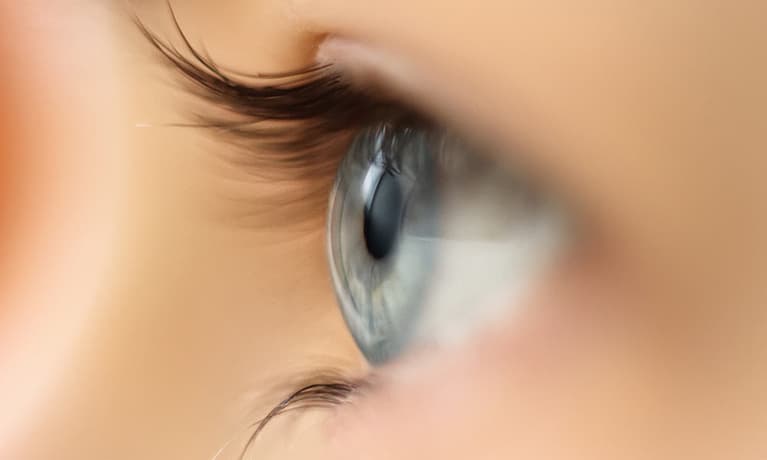The cornea is the clear window in the front of the eye. Light must first pass through the cornea to form the images that make up vision. Five distinct layers contribute to the health and function of the cornea.
What is Fuchs Dystrophy?
Fuchs Dystrophy is a hereditary disease of the corneal endothelium. The primary function of the endothelium is to regulate the fluid balance of the cornea. In Fuchs Dystrophy endothelial cell loss results in swelling or edema. As swelling increases, corneal clarity is diminished resulting in vision problems. In advanced cases painful blisters can form on the corneal surface.
Symptoms of Fuchs Dystrophy
Common symptoms of Fuchs dystrophy include blurry vision that is worse upon waking, increased glare with bright lights, haloes around lights, poor night vision, and eye pain.
Fuchs Dystrophy Treatment
Early in Fuchs Dystrophy, salt water eye drops can help. If your vision no longer lets you do everyday tasks, you may need surgery. There are two types of surgery: full thickness Penetrating Keratoplasty (PK) and partial thickness.
Partial Thickness Grafts
Partial thickness grafts have the advantage of quicker healing, faster visual recovery, and less risk of immune rejection. Partial thickness procedures include Descemet Stripping Automated Endothelial Keratoplasty (DSAEK) and Descemet Membrane Endothelial Keratoplasty (DMEK).
These surgeries don‘t use stitches, they use air or gas to hold the graft in place. You‘ll need to lie on your back with your head parallel to the ceiling to let the graft heal. Your cornea surgeon will recommend the best surgery for you, based on your other eye problems.
To schedule an appointment for a corneal evaluation with Dr. Edmonds, please call Milwaukee Eye Care at 414-271-2020.










